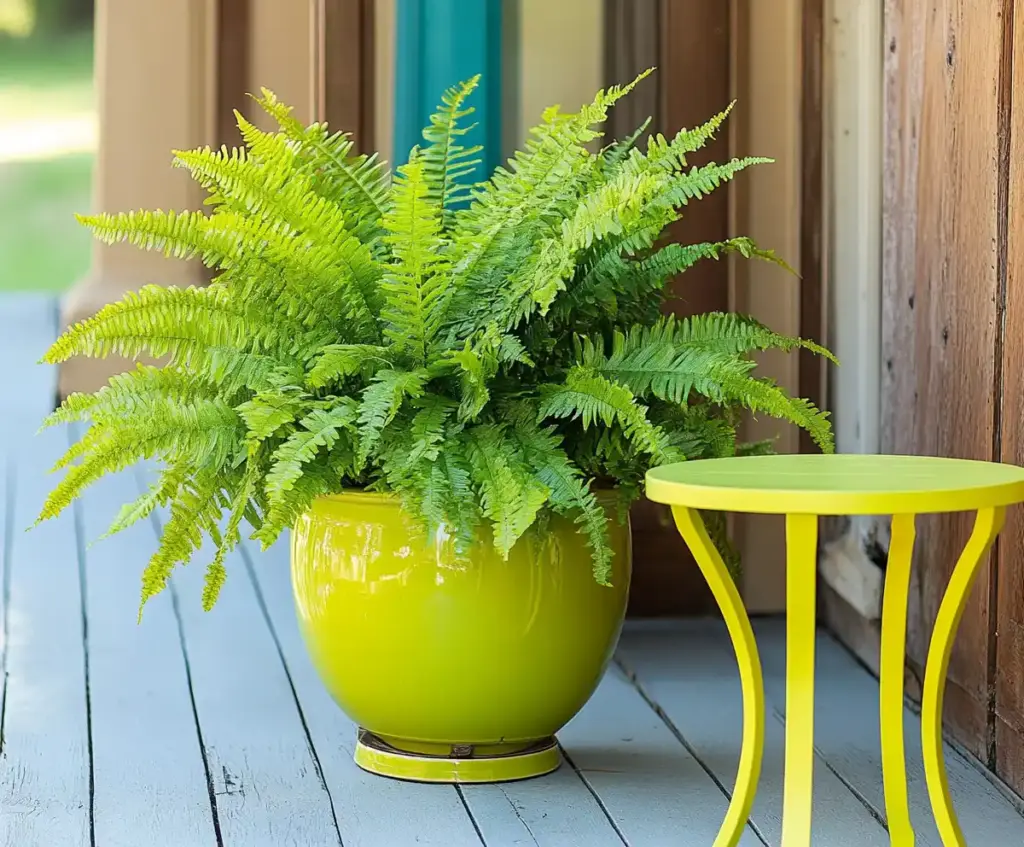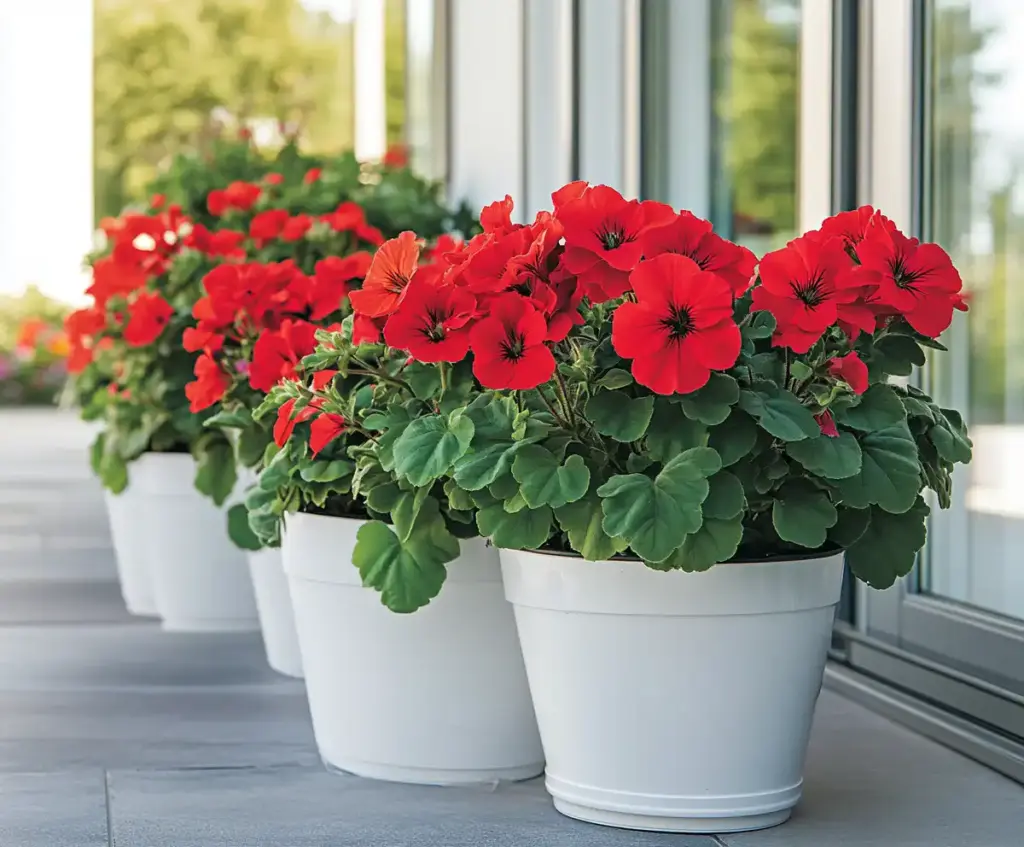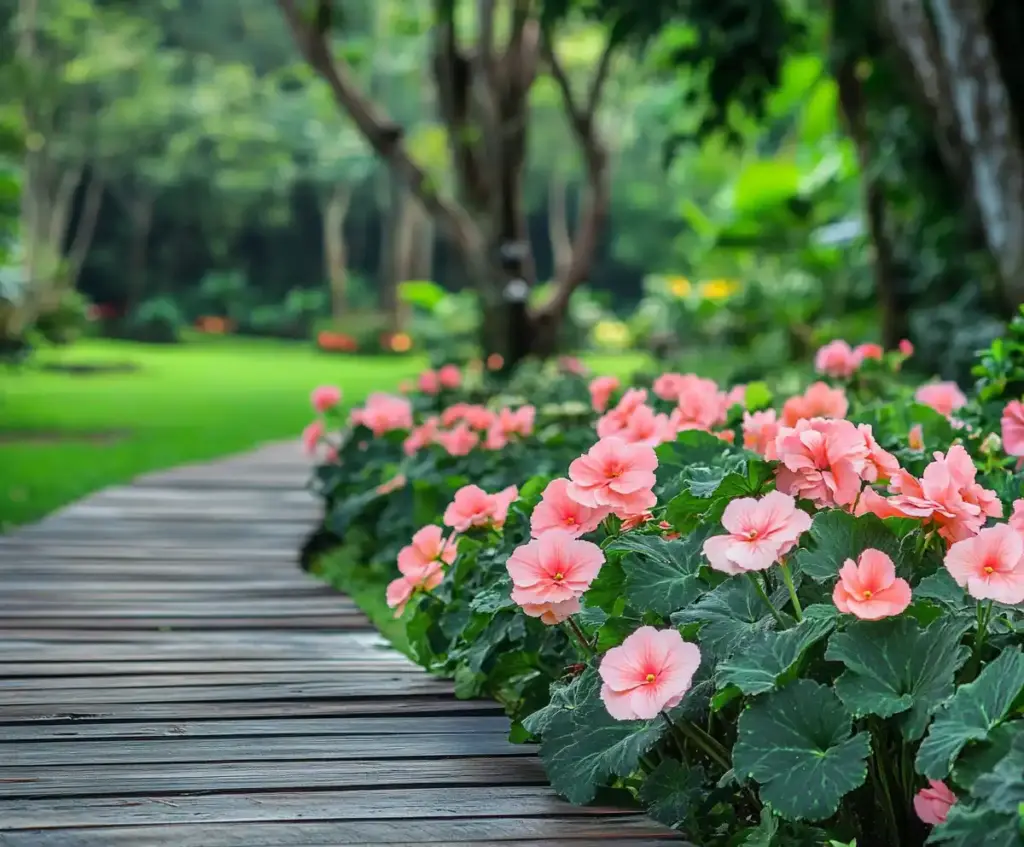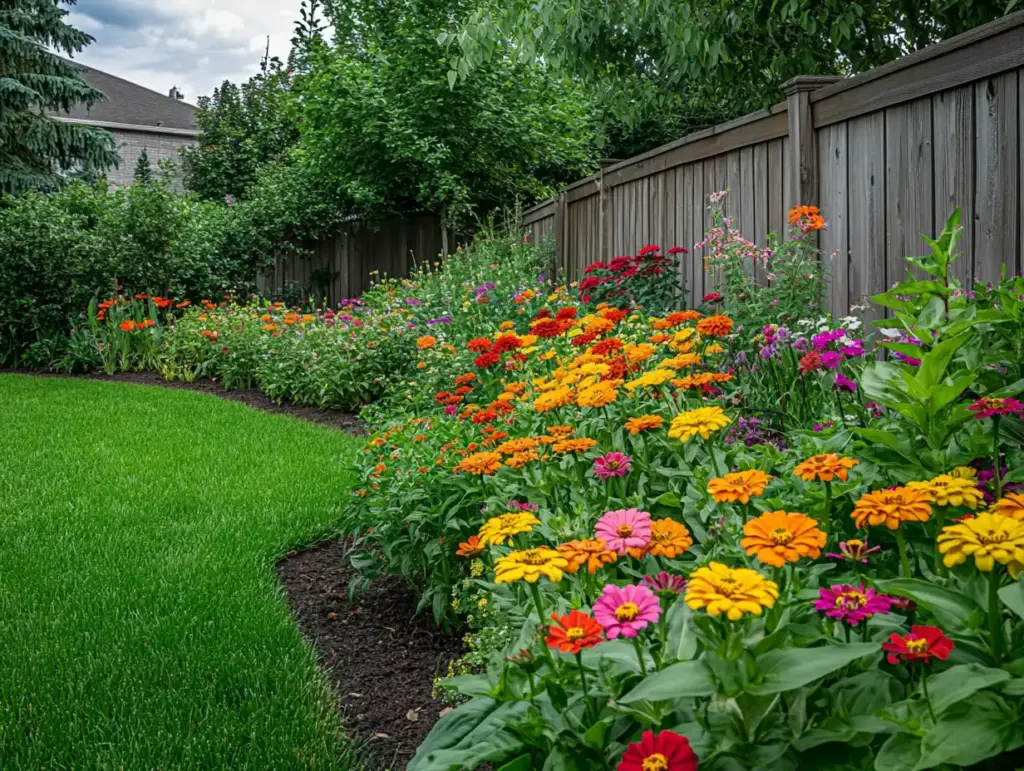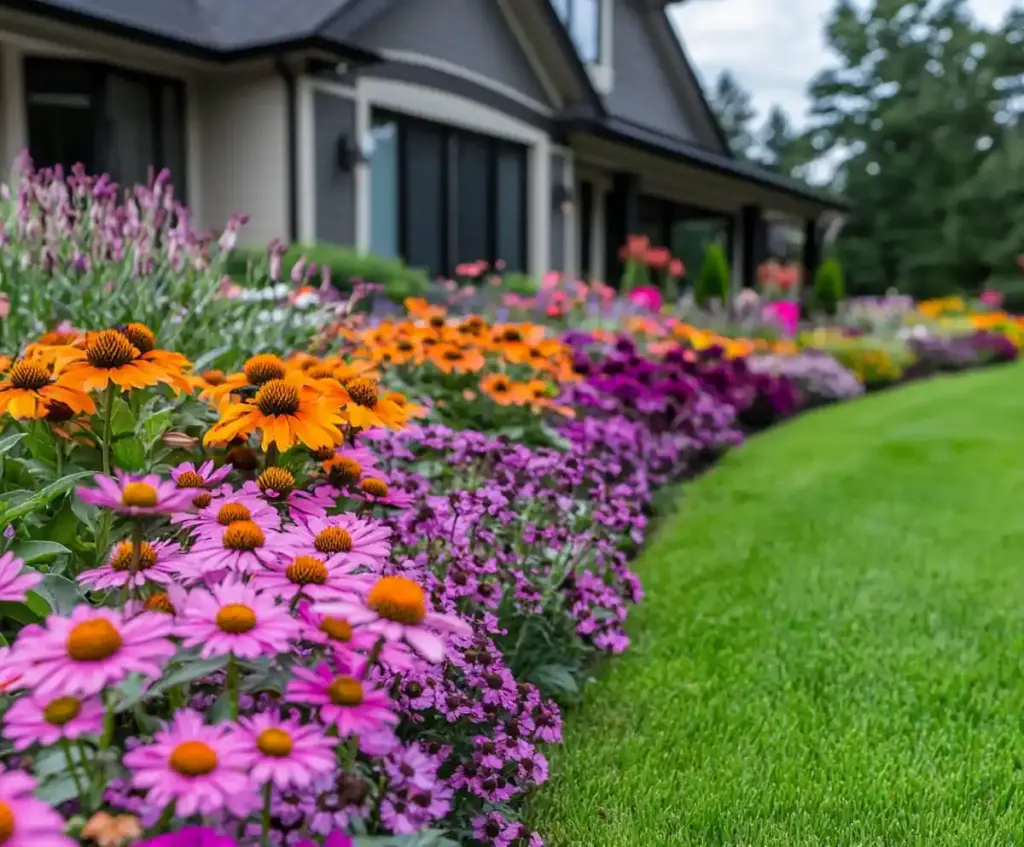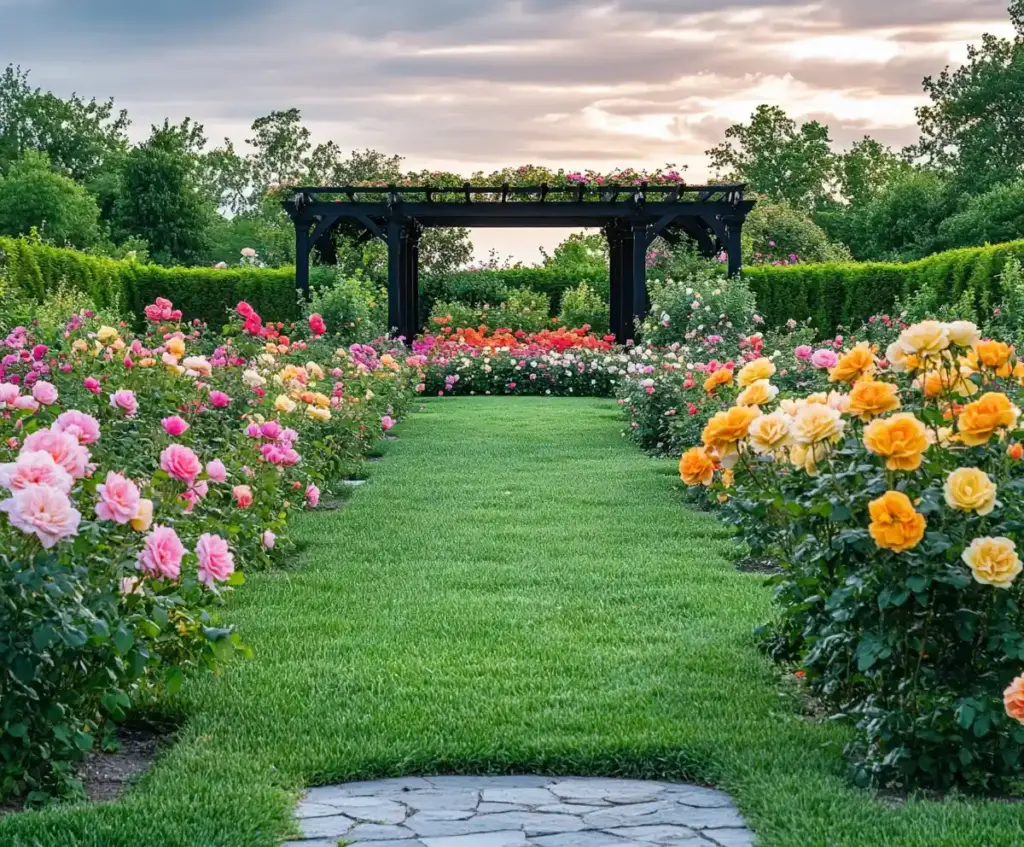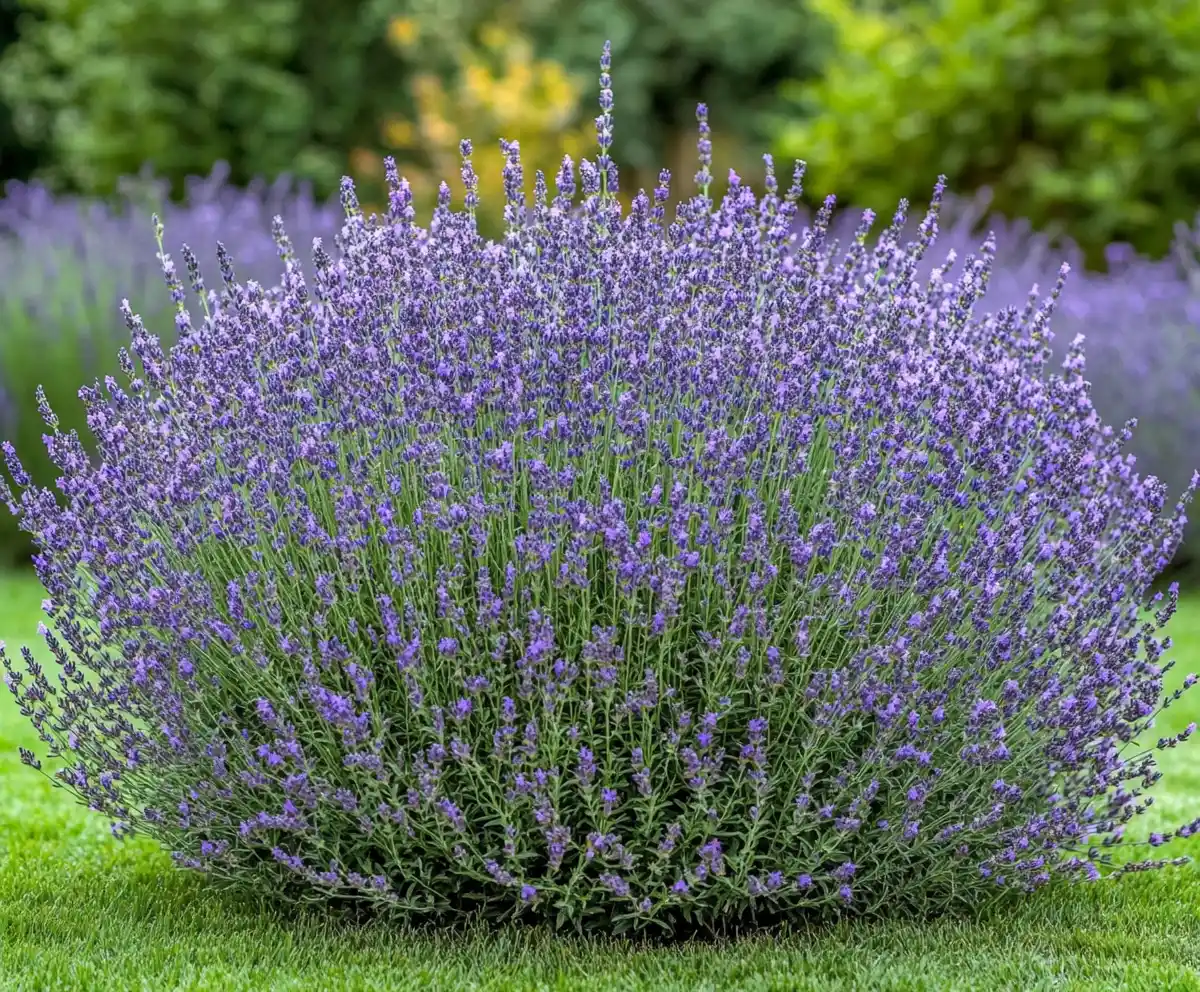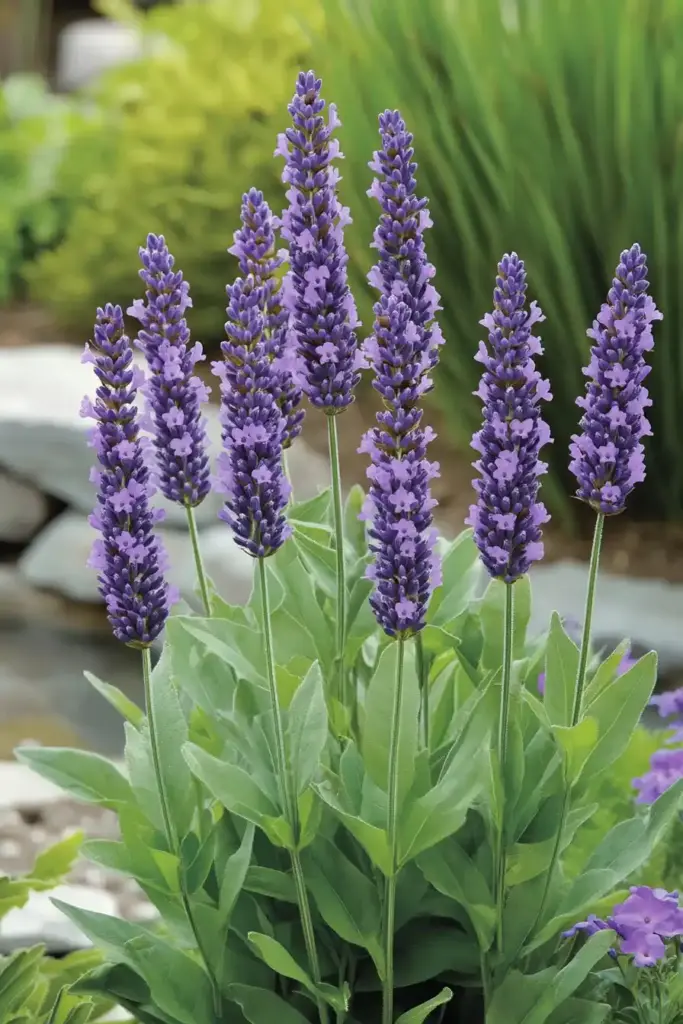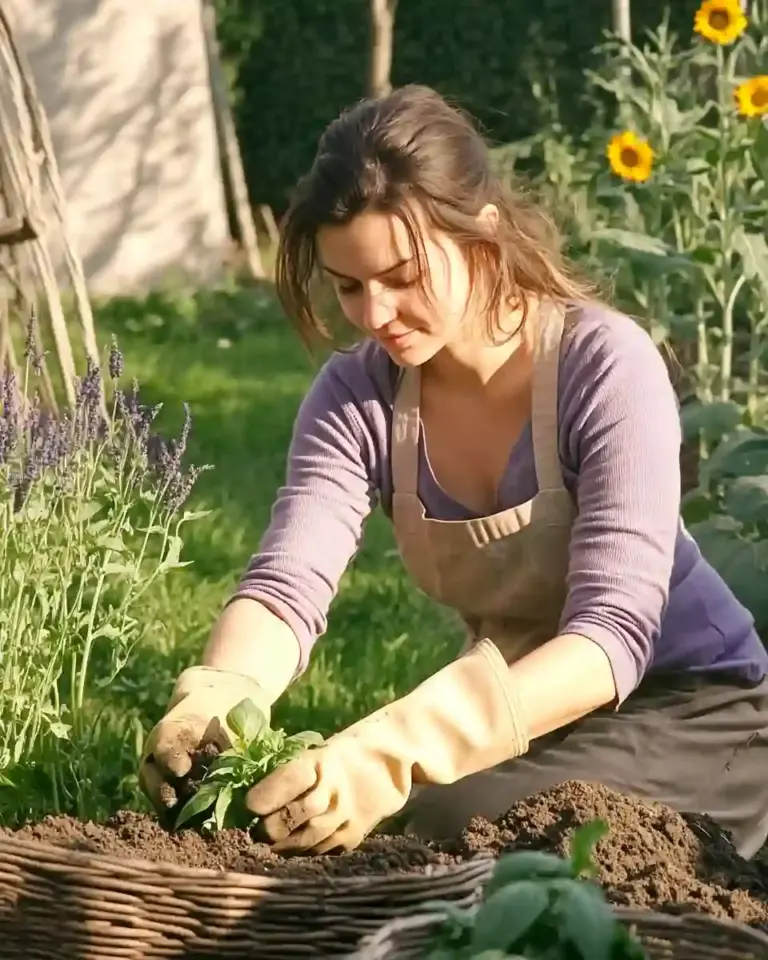Imagine strolling through your garden, surrounded by the calming scent and vibrant purple hues of lavender. A lavender hedge not only adds year-round beauty and structure to your outdoor space but also fills the air with its relaxing fragrance. Beyond its aesthetic charm, lavender is a magnet for pollinators like bees and butterflies, helping to boost the overall health of your garden. Plus, it’s perfect for anyone who loves to harvest flowers easily for crafts, sachets, or homemade gifts. Planting a lavender hedge is a rewarding project that brings color, scent, and life to your landscape with surprisingly little maintenance.
Table of Contents
10 Benefits of Growing a Lavender Hedge
Planting a lavender hedge is more than just a visual upgrade for your garden — it offers a host of practical advantages too. Here are ten reasons why you’ll love having a lavender hedge:
1. Stunning Beauty and Heavenly Fragrance
Lavender’s soft purple blooms and soothing scent create an inviting, peaceful atmosphere that enhances any garden space.
2. Attracts Bees and Other Pollinators
Lavender is a favorite among bees, butterflies, and other beneficial pollinators, helping to support a thriving, healthy ecosystem in your yard.
3. Naturally Repels Mosquitoes
Thanks to its aromatic oils, lavender acts as a natural mosquito repellent, making your garden more enjoyable during warm evenings.
4. Defines and Divides Garden Spaces
A lavender hedge can act as a soft, fragrant boundary, perfectly dividing different sections of your garden in a natural, beautiful way.
5. Acts as a Windbreak
Dense lavender hedges can reduce wind impact, protecting delicate plants and creating sheltered microclimates within your garden.
6. Thrives in Poor Soils
Lavender isn’t fussy — it actually prefers poor, well-drained soils, making it an excellent choice for challenging garden spots.
7. Drought-Tolerant and Low-Maintenance
Once established, lavender needs very little water, making it a smart, sustainable choice for eco-friendly gardens.
8. Deer and Rabbit Resistant
Worried about hungry garden visitors? Lavender’s strong scent naturally deters deer and rabbits from nibbling on your plants.
9. Easier Flower Harvesting
Harvesting lavender flowers from a neatly grown hedge is simpler than from scattered individual plants, saving you time and effort.
10. Perfect for Crafts, Herbal Uses, and Recipes
Fresh or dried lavender flowers can be used in a wide range of crafts, natural remedies, and even culinary recipes, adding versatility to your harvest.
Best Type of Lavender for a Hedge
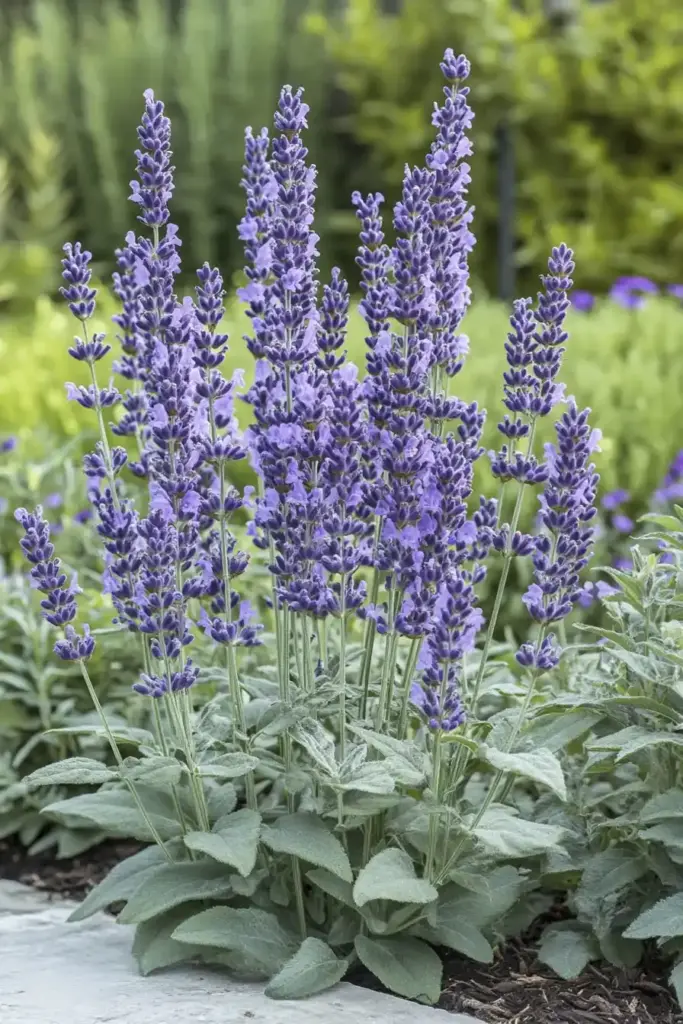
When planning how to plant a beautiful lavender hedge in your garden, choosing the right variety is key to long-term success. One of the best options is Lavandula angustifolia, commonly known as English lavender or common lavender.
Why Choose Lavender Angustifolia?
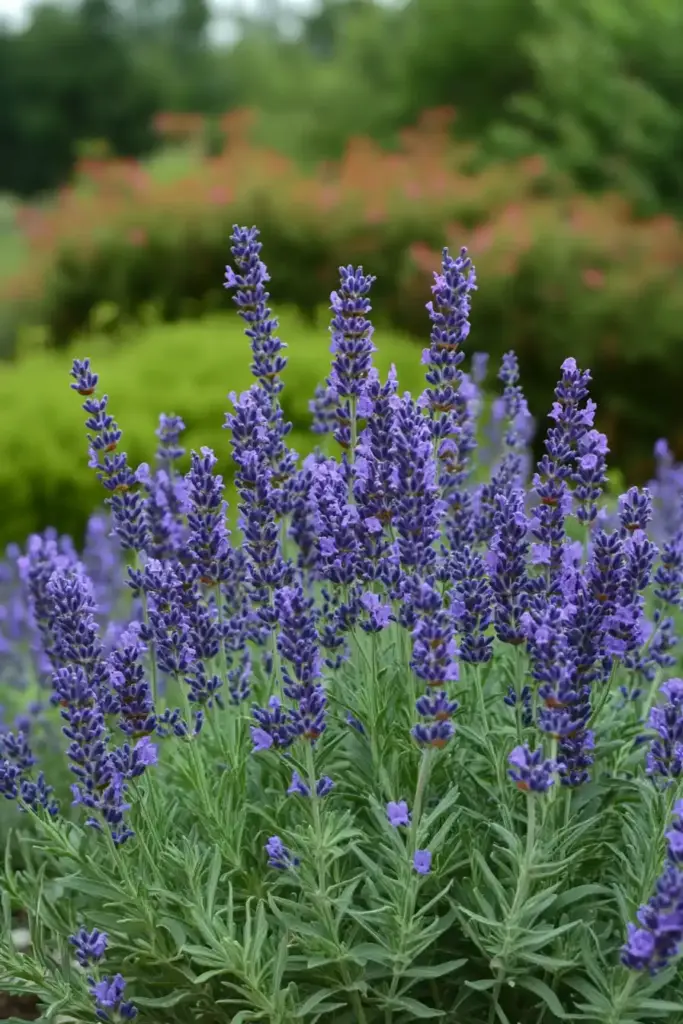
- Hardiness: This variety is known for its toughness, thriving even in colder climates when planted in well-draining soil.
- Compact Growth: English lavender has a naturally dense, bushy habit that makes it ideal for creating neat, formal hedges.
- Attractive Foliage: Its grey-green leaves provide year-round color and structure, even when the plant isn’t in bloom.
- Abundant Flowering: From late spring through midsummer, it bursts into spikes of fragrant, purple blooms that both humans and pollinators adore.
- Popular Varieties: Cultivars like ‘Hidcote’ and ‘Munstead’ are particularly prized for hedging because of their compact size and richly colored flowers.
By selecting Lavender Angustifolia, you’ll ensure your hedge remains beautiful, resilient, and easy to maintain for years to come.
How to Grow Lavender
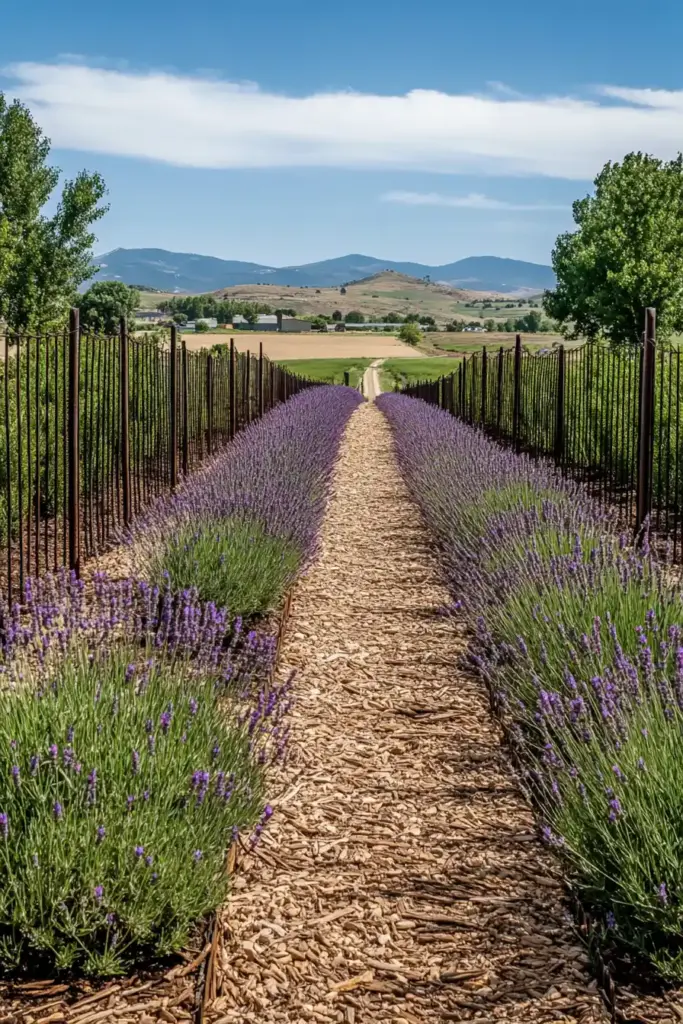
To successfully plant a beautiful lavender hedge in your garden, it’s essential to understand lavender’s basic needs. Luckily, this hardy plant thrives with just a bit of planning and the right conditions.
Key Growing Requirements
- Full Sunlight: Lavender loves the sun! Choose a location that receives at least 6–8 hours of direct sunlight daily.
- Well-Drained Soil: Good drainage is critical. Lavender won’t tolerate wet, soggy roots, especially in winter.
- Wind and Cold Tolerance: Once established, lavender can handle windy spots and chilly temperatures, provided the soil doesn’t stay waterlogged.
- Soil Improvement: If your garden soil is heavy or clay-based, mix in plenty of grit, coarse sand, or small stones to improve drainage.
- Ideal Planting Spots:
- Raised Beds: Elevate the planting area to enhance drainage.
- Slopes: Natural slopes help water run off, protecting the roots from excess moisture.
- Retaining Walls: Planting lavender along walls not only provides good drainage but also benefits from the reflected heat.
Meeting these conditions sets the stage for a vibrant, long-lasting lavender hedge that practically takes care of itself.
Steps to Plant a Lavender Hedge
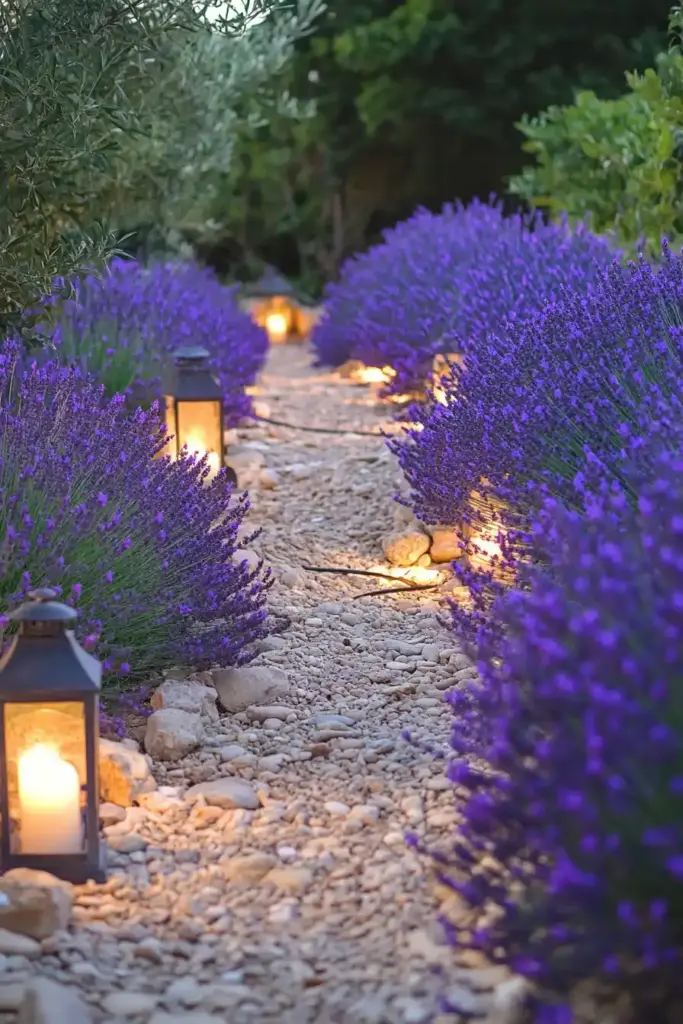
Once you’ve picked the perfect spot and prepared the soil, it’s time to get planting! Follow these simple steps to create a thriving lavender hedge that will reward you for years to come.
1. Prepare the Planting Site
Choose a sunny, well-draining location. If you’re working with heavy clay soil, amend it with plenty of coarse sand or grit. Raised beds, slopes, and retaining walls are excellent choices for better drainage and root health.
2. Enrich the Soil
Fill the planting bed with a mix of quality topsoil blended with stones or sand. This ensures the roots get the drainage they crave while still holding enough nutrients for healthy growth.
3. Set a Straight Line
To create a uniform hedge, stretch a string line between two posts. This simple step helps you keep the lavender plants neatly aligned and evenly spaced.
4. Space Your Plants
Plant Lavender Angustifolia ‘Hidcote’ varieties about 3 to 4 plants per meter (roughly one plant every 10–12 inches). This spacing allows the plants to grow together into a full, lush hedge without overcrowding.
5. Water Thoroughly
After planting, water your lavender thoroughly. Continue to water during dry spells until the plants are well established, typically after their first growing season.
6. Light Pruning
Once flowering ends in late summer, lightly trim your lavender hedge. Remove spent flower stems and shape the plants slightly to encourage bushier, healthier growth.
By following these easy steps, you’ll soon enjoy a stunning lavender hedge that’s as functional as it is beautiful.
One-Year Update
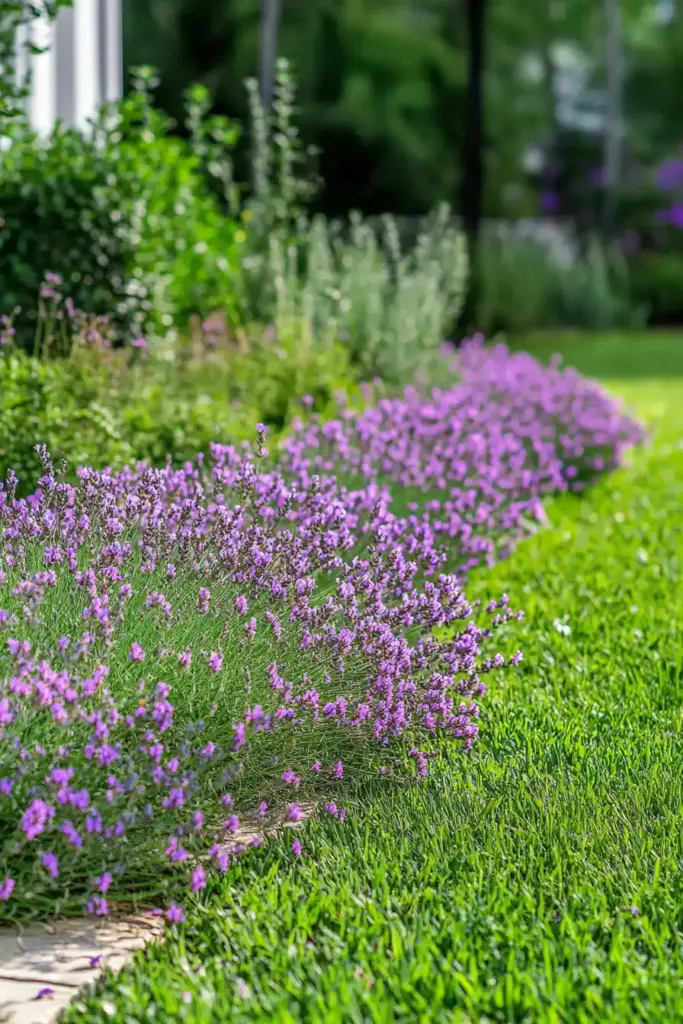
Fast forward one year, and the results speak for themselves! With proper planting and a little care, your lavender hedge will thrive beautifully.
- Healthy Growth: All the plants should survive the first winter and begin to fill out, forming a dense and attractive hedge.
- Compact and Lush: Thanks to regular light pruning, the hedge will stay compact, preventing it from getting leggy or woody at the base.
- Bountiful Blooms: By summer, your lavender plants will be brimming with vibrant flowers — perfect for harvesting.
- Crafting Opportunities: Harvested lavender can be used to create wonderful crafts like lavender wands, sachets, and even simple floral bouquets.
By maintaining an annual light trim and ensuring good drainage, your lavender hedge will continue to be a gorgeous, fragrant highlight in your garden for many years.
Frequently Asked Questions About Planting a Lavender Hedge
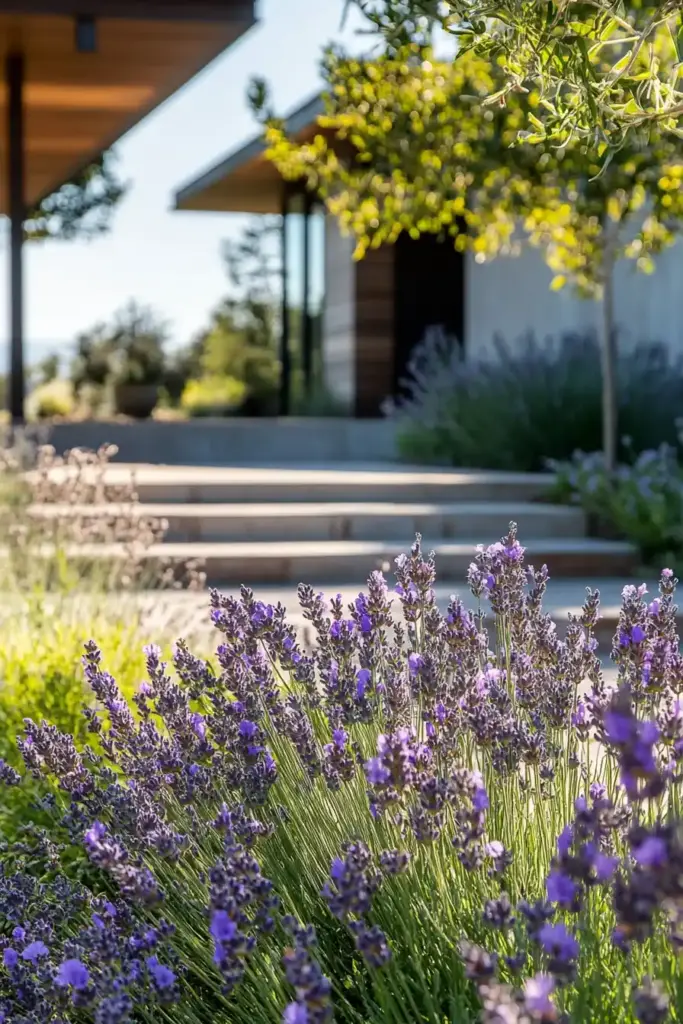
How far apart should I plant lavender for a hedge?
For a dense and full lavender hedge, space your plants about 10 to 12 inches (25 to 30 cm) apart. This allows them to grow together without overcrowding, creating a seamless line of lush, fragrant blooms.
What is the best time of year to plant a lavender hedge?
The best time to plant lavender is in the spring or early fall, when the weather is mild. This gives the plants enough time to establish strong roots before facing extreme heat or cold.
How do I keep my lavender hedge looking neat?
Lightly prune your lavender after flowering each year, typically in late summer or early fall. Trimming back spent flower stalks and shaping the plants encourages bushier, healthier growth and prevents them from becoming woody.
Does lavender need fertilizer?
Lavender thrives in poor, well-draining soils and usually doesn’t need fertilizer. In fact, over-fertilizing can lead to floppy plants with fewer flowers. If your soil is very poor, a light application of organic compost in the spring is enough.
Can I grow a lavender hedge in clay soil?
You can grow lavender in clay soil if you improve drainage first. Mix in plenty of coarse sand, grit, or small stones to lighten the soil. Planting on slopes or in raised beds also helps lavender roots stay healthy and dry.
How long does it take for a lavender hedge to mature?
A lavender hedge typically takes about 2 to 3 years to fully mature and fill in beautifully. With proper planting, watering, and annual trimming, you’ll enjoy a lush and vibrant hedge for many seasons.
Conclusion
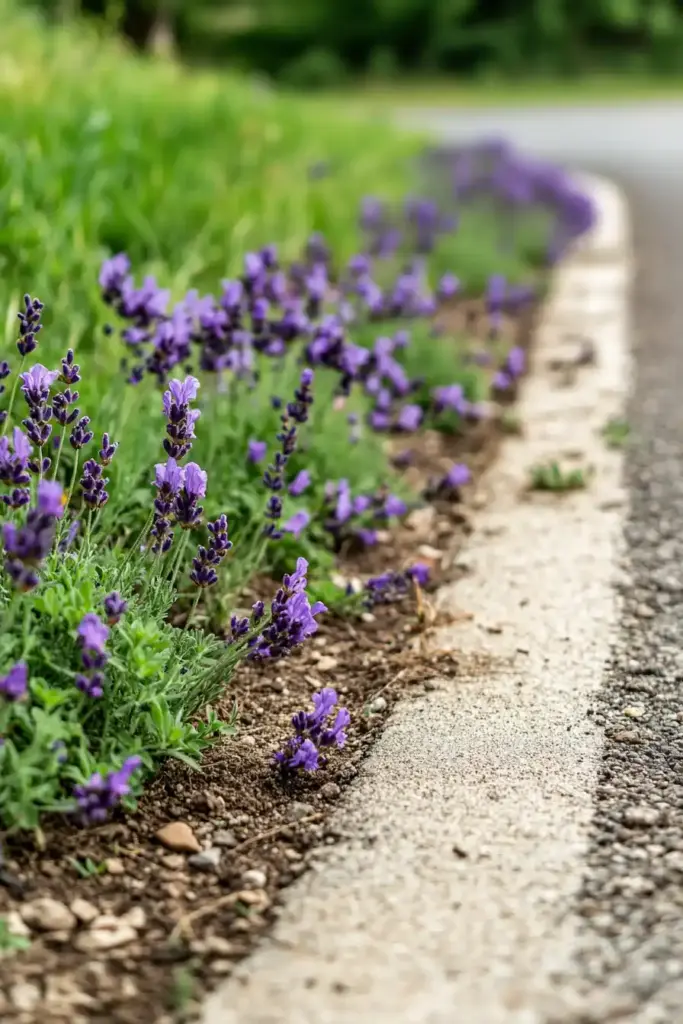
Planting a beautiful lavender hedge in your garden is one of the most rewarding and low-maintenance projects you can undertake. With its stunning blooms, soothing fragrance, and hardy nature, lavender adds both beauty and function to any landscape. By selecting the right variety, preparing the soil carefully, and following simple planting and care tips, you’ll enjoy a lush, vibrant hedge that not only looks incredible but also supports pollinators and offers endless harvesting opportunities. Whether you’re a seasoned gardener or just starting out, a lavender hedge is a timeless addition you’ll cherish for years to come.
🌿 Love gardening inspiration? Follow me on Pinterest for bold plant ideas, tips, and seasonal color!
More Posts
